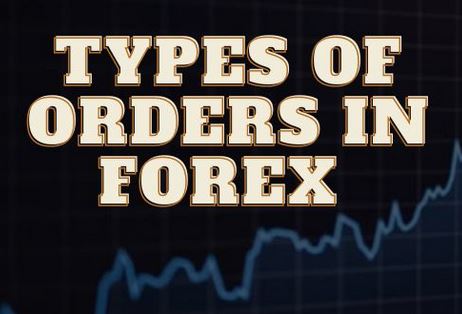In the Forex market, some form of automation is necessary. Markets run 24/7, which explains why. Therefore, the value of investor holdings and their net worth change continuously. It is, therefore, possible for an open position’s monetary value to change if not managed properly drastically.
Additionally, you cannot actively manage the positions manually 24×7 unless you’re a large corporation with people available to work around the clock. Thus, market orders can be useful in such circumstances.
Investors and traders use these tools in the Forex market to manage their open positions passively. Even though the markets move 24 hours a day, these tools allow investors to keep their trades within certain limits.

Market order
In the Forex market, market orders are the most common type of order. The order indicates that you want to purchase the item at today’s market price. Thus, if you’ve been shopping online, you may have noticed that the “Buy Now” button functions like the market order.
Consequently, when a market order occurs, it is executed in real-time. Upon booking, you’ll receive a notification of the best available market price and use it to book your order. Considering how rapidly the Forex market changes, you may receive a slightly different price from what you intended for your market order.
Market terminology refers to this as slippage. An investor may experience slippage when it is in their favour or against him when it is in the investor’s interest. When a market order takes place, it immediately becomes an open position. It is necessary to realise earnings and losses on this position when it is closed.
Pending order
It is an instruction to execute a market order, i.e. a buy or sell trade, upon meeting certain conditions. In other words, it could constitute a conditional market order. The margin calculation is not affected by pending orders until they execute.
With pending orders, making a trade does not require continuous market monitoring. Trading orders can execute automatically whenever the specified conditions occur instead. With pending orders, trading requires less manual intervention.
Stop loss order
Stop-loss orders are the opposite of profit-booking orders. However, it has a wider market use than profit booking orders. In this order, investors specify a low threshold they are willing to accept. Investors sell their holdings if the prices fall below this threshold to minimise their losses.
Stop-loss orders come into play when prices plummet to square off long open positions. Once again, manual intervention would not have been able to prevent losses due to the speed with which this order acted.

Trailing stop order
Like a stop loss order, a trailing stop order follows the price. In practice, when a given floor reaches, the order also sells off an open position. A profit, however, moves the floor upward in this case. Consider a scenario where you create a trailing stop order at 10% below the market price. Your holding increased in value by 15% the following day.
For stop-loss orders, the price floor would remain the same at 10% below the price at which the trade began. It follows the market price. However, a trailing stop order does not. It would be possible to reach a new high price level after the price had reached a new price floor of 10% below the new market price.
Dependent orders
It is also possible for investors to create dependent orders on the Forex market. Accordingly, the investor can place two orders simultaneously, but only one will be executed, depending on market conditions.
Another possibility is that an order placed today could trigger an order placed tomorrow. A complex algorithm incorporating dependent orders can allow traders to execute trades with minimal human involvement.
Bottom line
Using artificial intelligence for trade execution is becoming more common in the Forex market. According to many, this is the only way to trade effectively in a volatile and moving market as the Forex market.


